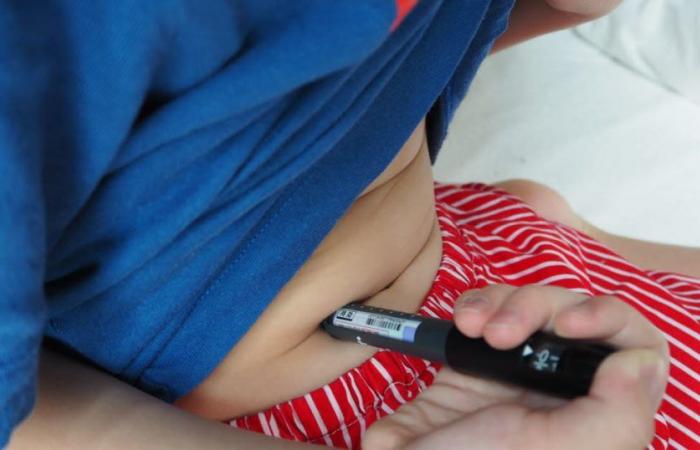People with type 1 diabetes have a pancreas that is not able to produce enough insulin. Therefore, they have to inject this vital hormone several times a day.
However, some remain exposed to a strong imbalance in their blood sugar level (glycemia), increasing the risks of both hyperglycemia with cardiovascular consequences, and hypoglycemia, which can be fatal.
This is why various strategies have been developed over the past 30 years to replace failing pancreatic cells. Research finally seems to be accelerating in this area.
Islet of Langerhans transplantation reserved for too few patients
In 2020, the High Authority for Health (HAS) gave its approval for the transplantation of islets of Langerhans – cells from the pancreas – capable of producing insulin in people with type 1 diabetes whose disease is severely unbalanced.
With the limited hindsight we have, this technology makes it possible to normalize blood sugar levels and prevent severe hypoglycemia.
However, the considerable number of islets of Langerhans required for transplantation, as well as the consequences on the health of the individual (arterial hypertension, cardiovascular risks, infections, etc.) and the risk of destruction of the graft due to lifelong immunosuppression make it a technology that will remain confidential.
A microencapsulation of islets of Langerhans
Research has therefore focused on the creation of a “bio-artificial” pancreas, using in particular stem cells from islets of Langherans.
The idea being to protect these cells individually by encapsulating them. The first microencapsulation studies having allowed insufficient glycemic control, this is how the idea of encapsulation within a microenvironment was born, that is to say the enrichment of the capsule with a matrix. extracellular, usually a hydrogel derived from the human pancreas and other compounds necessary for the cell’s survival.
In mice, tests have demonstrated an improvement in blood sugar levels. Over the years, the microcapsules have been coated with certain compounds to oxygenate the environment, but also to avoid fibrosis (excessive formation of scar tissue) around the capsule and to protect it against pro-inflammatory compounds (cytokines). ).
Thus, microencapsulated islet cells benefit from a continuous supply of oxygen, which promotes their survival.
“ The most recent results of these trials are promising, with a reduction in macrophage activation (essential immune cells of the immune system, editor’s note) and cytokine productioncommented Professor Sandrine Lablanche (Clinic of Endocrinology, Diabetology and Metabolic Diseases, CHU Grenoble Alpes) at the 2024 congress of the French-speaking Diabetes Society. In addition, the addition of organic compounds (perfluorinated particles), which have a high affinity for oxygen, improved islet cell survival, with better insulin secretion during glucose response tests on these microencapsulated islets. »
After micro, nanoencapsulation
Recently, other technologies have been tested, notably nanoencapsulation, using a protective layer deposited in contact with the islet of Langerhans in order to protect it.
This layer is composed of factors that prevent vascularization around the islet, with the addition of immunomodulatory compounds to prevent rejection, among others.
In vitro and in vivo experiments were conducted with isolated human pancreatic islets coated with multilayer nanoencapsulation. They were able to maintain insulin secretion during stimulation tests with glucose, while protecting the cells from surrounding toxicity.
A bio-artificial mini-pancreas
Another technique that all researchers have their eyes on is macro-encapsulation. This time the islets of Langerhans (specifically embryonic stem cells: pancreatic progenitors) are enclosed in packets in “chambers” which can be transplanted.
Pores were created so that the cell contents were vascularized and immunosuppression was prescribed to prevent graft rejection. At this stage, this technology is being tested in a handful of patients. The first data confirm that insulin is indeed secreted by the implanted material.
For Professor Lablanche, “ certain devices have reached levels of maturity such that clinical trials can be considered. » The results are expected in a few months.






